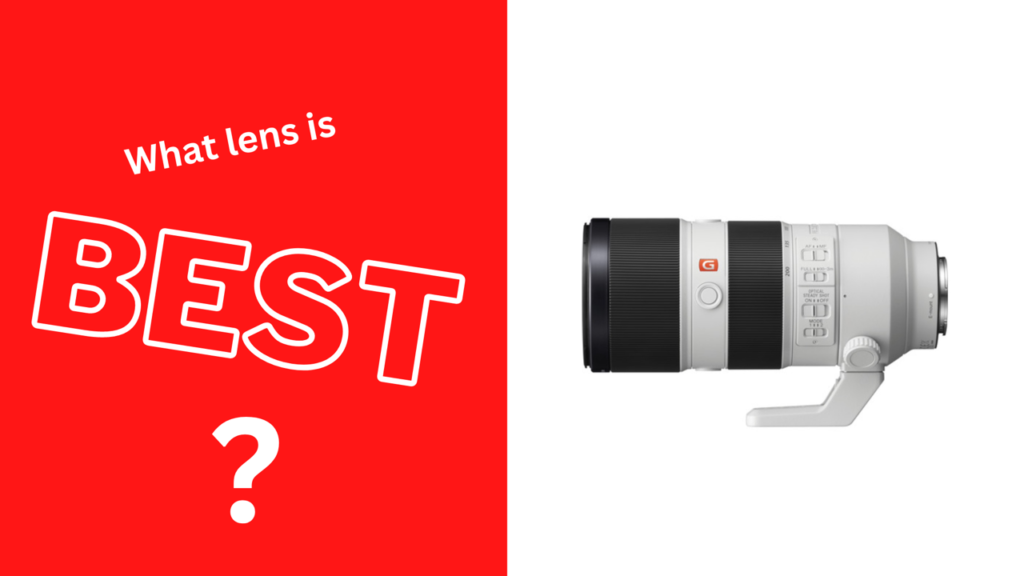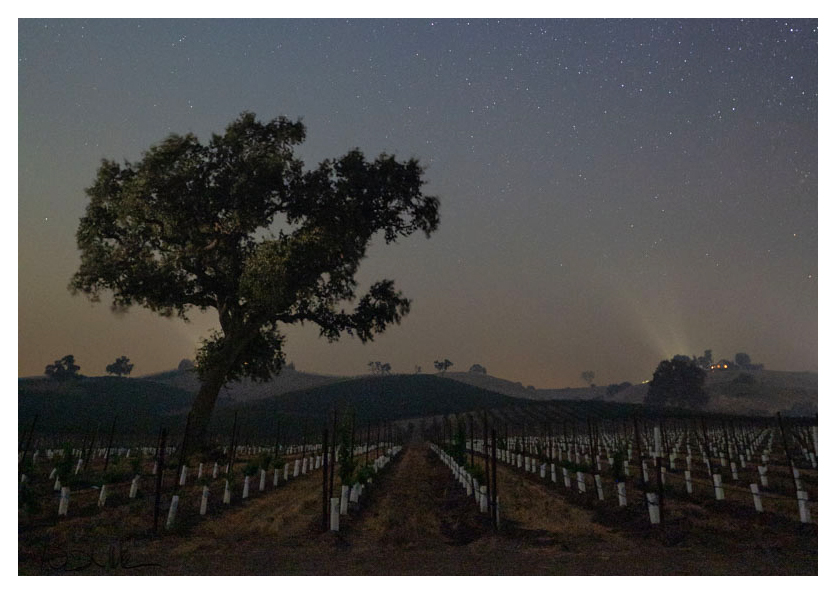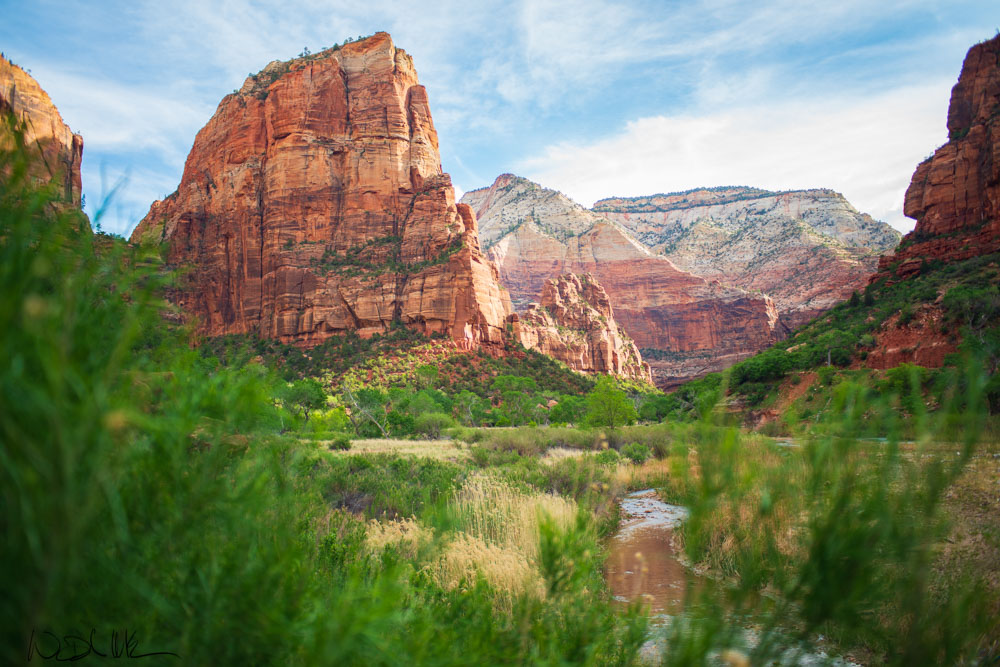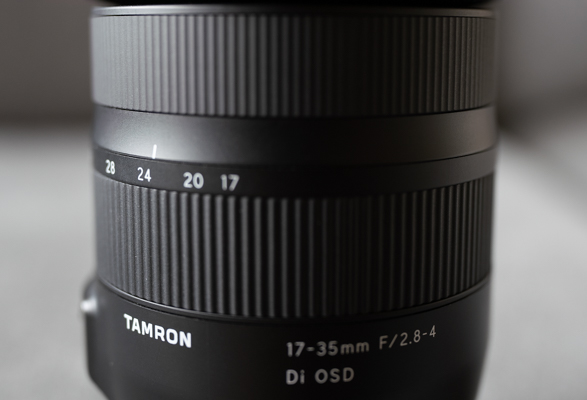So you’re in the market for a new telephoto lens? There are plenty of options to choose from in 2023 but my all-time favorite is the Sony 70-200 2.8 GM ii, but if you’re like me, you probably can’t afford it, so I’ve listed a few other lenses below.
Best Sony lenses for 2023
Here are some of the best Sony telephoto lenses as of 2023:
- Sony FE 400mm f/2.8 GM OSS
- Sony FE 200-600mm f/5.6-6.3 G OSS
- Sony FE 70-200mm f/2.8 GM ii OSS
- Sony FE 100-400mm f/4.5-5.6 GM OSS
- Sony FE 600mm f/4 GM OSS
While you probably can’t afford most of these lenses, these are the best options you’ll see out there. They offer high image quality, fast autofocus, and effective image stabilization, making them excellent choices for sports, wildlife, and other types of photography that require a longer focal length.
The G Master series lenses, in particular, offer professional-level performance and build quality, making them popular choices among professional photographers.
Why should you go with Sony lenses?
If you want the maximum burst rate for speed, you can only get this with Sony lenses. You’ll also get less focus breathing with the Sony A1, A7iv, and A7rv. This isn’t offered on 3rd party lenses.
Other reason to go with Sony lenses include:
- Quality control
- Service and Support
- Compatibility with future cameras
Third-party lenses can still offer great value for money and high image quality, but they aren’t future proof and won’t offer the maximal burst rate and service offered through Sony.
Best Sony telephoto lens for the price
Here are my top Sony telephoto lenses for the price.
My favorite telephoto lens for the price is the tamron 28-200mm or the Sigma 100-400. While they aren’t the absolute sharpest or fastest lenses, they offer incredible detail and have great autofocus.
Also be sure to check out prices at bhphoto. In many instances they can beat the price you’ll find at Amazon or at least match it.
Which telephoto lens should you get?
Below I’ve listed my top telephoto lenses ranked starting from the very best.
Sony 70-200 2.8 GM ii (2.3 lb / 1045 g)
The new Sony 70-200 2.8 gm ii is probably my favorite lens from Sony. The lens is one of Sony’s sharpest lenses and it weighs almost the same as the 70-200 f4 lens. It focuses extremely fast and with the 2x teleconverter this lens becomes a 140-400mm with the same aperture speed as the Sony 100-400. It’s better than the 70-200 f4 in every way and only slightly heavier.
Read my full comparison with the 100-400 here.
Who is it for?
- Portraits/Weddings
- Action
- Events
- Sports
- Wildlife photographers
Sony 100-400 4-5.6 GM
The Sony 100-400 is my favorite focal length. I love it because it’s the best in-between telephoto lens, and it’s fast and sharp. It’s a great lens for sports, wildlife, portraits, and landscapes. It’s not as light as the sigma 100-400, but it’s much faster and sharper.
Who is it for?
- Sports
- Wildlife photographers
- Landscape photographers
Sony 200-600 5.6-6.3 (4.65 lb / 2115 g)
If you’re shooting mostly wildlife, the Sony 200-600 5.6-6.3 is the lens of choice. The autofocus and sharpness is on par with the Sony 100-400 gm. The only downside about this lens is its versatility. It’s not a great lens for portraits or landscapes due to its size and weight.
Who is it for?
- Sports
- Wildlife photographers.
Tamron 150-500 4.5-6.3 (4.14 lb / 1880 g)
The Tamron 150-500 f5-6.7 gives you an in-between option for the Sony 100-400 and 200-600. It’s fast, relatively light, and sharp. It’s not quite as fast as the Sony lenses on this list, but it can compete and it’s about half the price. Similar to the 200-600, this lens is not for portrait or landscape photographers.
Who is it for?
- Most Sports
- Wildlife photographers
Sigma 100-400 f/5-6.3 (2.5 lb/ 1133 g)
The Sigma 100-400 is a great focal length and light, but it doesn’t it has a much slower aperture speed and the sharpness isn’t nearly as good as the competitors on this list. If you need a budget 100-400 lens, go with the sigma.
Who is it for?
- Landscape photographers
- Beginner sports photographers
- Beginner Wildlife photographers.
Tamron 50-400 f/4.5-6.3
The Tamron 50-400 was released in September 2022. It’s better than the Sigma 100-400 in almost every way. It’s perfect if you want an everything lens and you don’t tend to shoot wide or if you want a great telephoto lens that’s cheaper and lighter than the Sony 100-400.
Who is it for?
- Landscape photogeraphers
- Beginner sports photographers
- Beginner Wildlife photographers.
It’s for landscape photographers who need to isolate the background to create a cleaner image. It’s for beginner wildlife photographers who can’t afford a $2000+ lens. Who is it not for? It’s not for professional sports and wildlife photographers. It’s also not for portrait photographers.
Sigma 60-600 f4.5-6.3
The Sigma 60-600mm is a do everything lens that has incredible focus, sharpness, and one of the best lenses for image stabilization. This lens will do everything, but you probably don’t want to take it with you because it’s 92 oz. That’s slightly heavier than the Sony 200-600!
Check out my video on why you should pair the Sigma 60-600mm with the Sony A7iv.
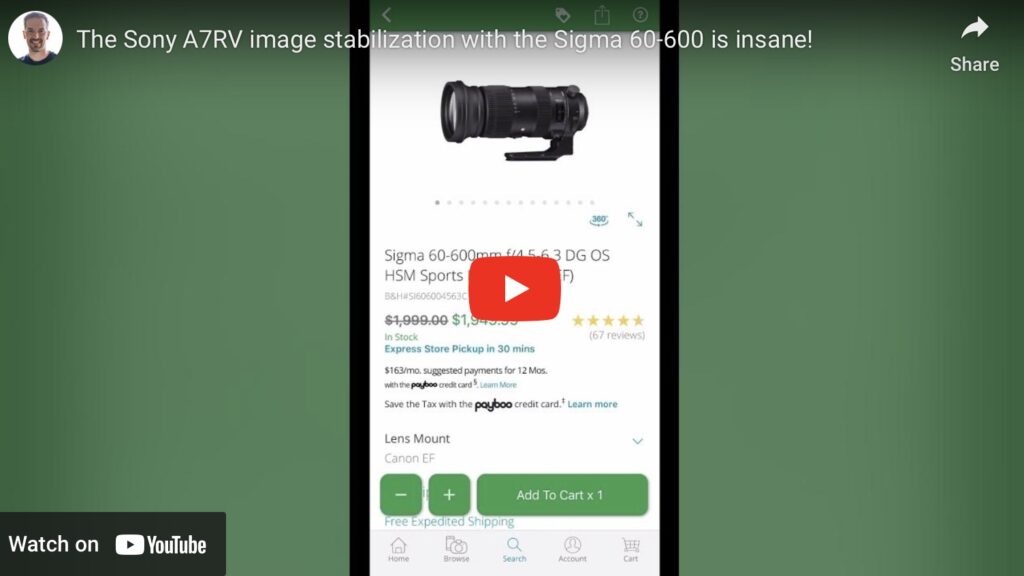
The best lightweight telephoto lenses for Sony
The best lightweight telephoto lens is the 70-200 2.8 gm ii. It’s about the same weight as the older 70-200 f4 G lens, and you can use a teleconverter that will make it the same length and aperture as the Sony 100-400.
If you need a high quality lens, this is the one to get. I wrote a whole other article about why it’s the best lightweight telephoto lens below.
The best lightweight telephoto lenses for Sony
Conclusion
If money isn’t an issue the best telephoto lens for most people is the Sony 70-200 2.8 GM ii, but if money is an issue, go with these options below:
- Tamron 28-200
- Sigma 100-400
- Sony 200-600
Whether you shoot landscapes, portraits, events, weddings, sports, or film these lenses are some of the best telephoto lenses to choose from.
I hope you enjoyed this article. Subscribe below to learn more photography tips and news.

